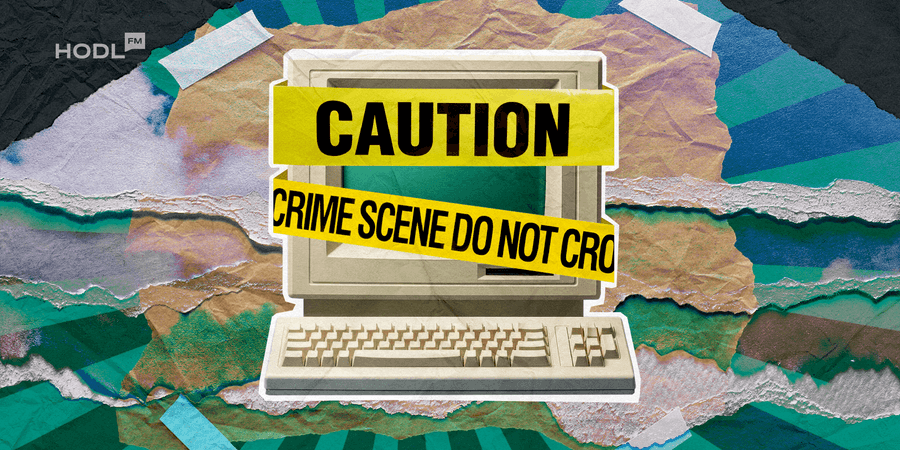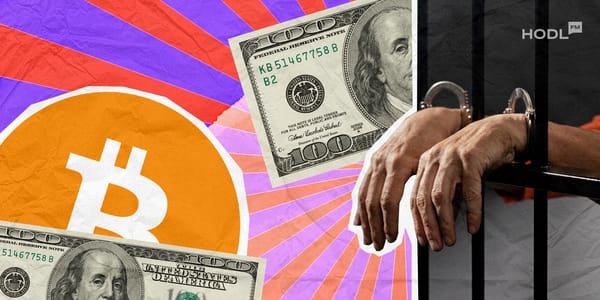What Are Wrench Attacks?
The Wrench Attacks term itself originates from a widely circulated crypto comic that illustrated how someone could be compelled literally under threat of a wrench to hand over their private keys. While initially a theoretical warning for the cryptoholders, these attacks have increasingly become real incidents lately. Literally.

Reports reveal a marked increase in wrench attacks globally. Victims are targeted regardless of the size of their holdings, with losses reported from several thousand to tens of thousands of dollars. Some attacks have escalated to severe physical harm or even fatalities. These cases underscore a critical shift in the risks facing crypto holders, from online theft to dangerous physical confrontations. Criminals use threats, violence, or kidnapping to force cryptocurrency owners to reveal access to their digital wallets.
Data Leaks and Growing Risks
A key driver behind the rise in wrench attacks is the massive exposure of personal information. At the Baltic Honeybadger 2025 conference, it was revealed that over 80 million crypto user identities have been leaked online, with approximately 2.2 million including home addresses. These leaks come from high-profile breaches at major exchanges such as Coinbase, phishing campaigns, and careless sharing of personal information on social media and crypto platforms.
This vast availability of personal data makes it easier for criminals to track down crypto holders. Many victims targeted in wrench attacks reportedly had their private details exposed through these leaks, making them vulnerable to physical assault and extortion. The situation is worsened by the fact that many crypto users underestimate the risks of publicly linking their identity to their holdings.
Moreover, the combination of digital asset liquidity and publicly available information has made even small-scale investors potential targets. Criminals are motivated by the prospect of fast payouts with minimal risk of digital traceability. All this indicates how quickly crime methods are adapting to the adoption of cryptocurrency, recognizing the rapid convertibility of digital assets into cash or other valuables.
Industry and Regulatory Response
The crypto industry is taking notice. Alena Vranova, founder of hardware wallet maker SatoshiLabs, publicly highlighted the threat wrench attacks pose, emphasizing the urgent need for improved security measures following revelations of data exposure. Her warnings at the Baltic Honeybadger event reflect a growing concern among industry leaders about the physical safety of crypto users.
The European Union’s Markets in Crypto-Assets (MiCA) regulation, which came into effect in December 2024, establishes a legal framework for crypto assets. MiCA requires exchanges and wallet providers to obtain licenses and adhere to strict anti-money laundering and consumer protection protocols. These regulatory measures aim to mitigate fraud and bolster security, indirectly addressing the physical risks associated with crypto ownership. Italy for instance, already agreed to it.
Some crypto insurers have begun offering policies specifically to cover risks like kidnapping and extortion related to crypto holdings, indicating an emerging market response to these threats.
All this highlights a new dimension of risk in the crypto ecosystem. Protecting digital assets now requires attention to both online and physical security. As adoption continues to grow, investors, industry participants, and regulators must work together to address these complex challenges, but we have yet to see the real scale of impact it has.

Disclaimer: All materials on this site are for informational purposes only. None of the material should be interpreted as investment advice. Please note that despite the nature of much of the material created and hosted on this website, HODL FM is not a financial reference resource, and the opinions of authors and other contributors are their own and should not be taken as financial advice. If you require advice. HODL FM strongly recommends contacting a qualified industry professional.





